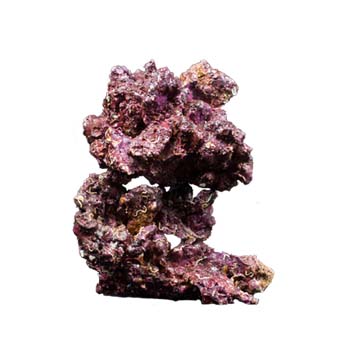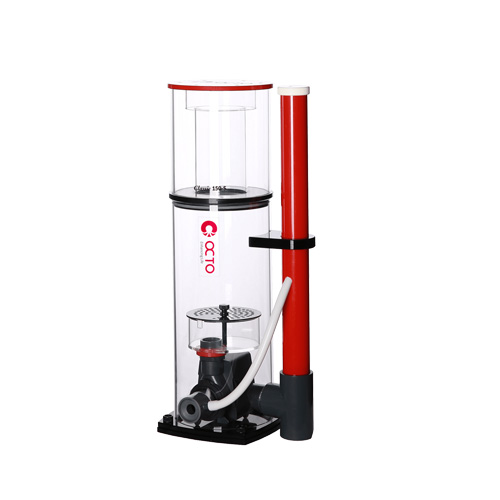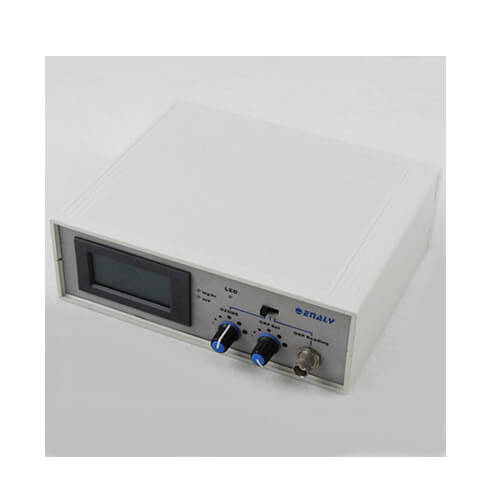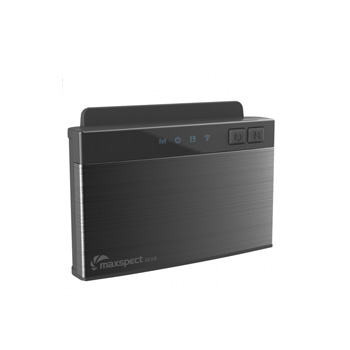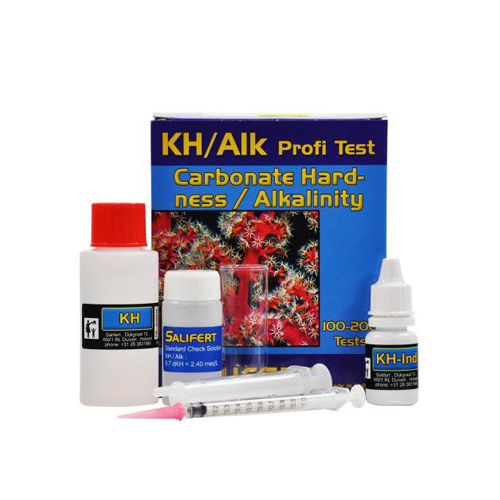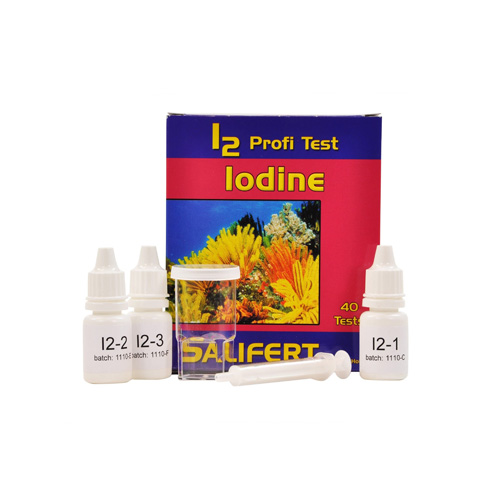Enaly OZAC- 200 PLUS
ENALY OZAC-PLUS 200mg aquarium ozone generator comes with built-in redox meter/controller with a digital readout and use adjustable set point to turn the ozone on and off automatically. It is the complete solution for the effective and safe ozonization of aquariums.
OZAC-PLUS 200 —————– 200mg/hr ozone output
Enaly Ozac-200
ENALY OZAC- 200 mg aquarium ozone generators are with complete range (50, 100 or 200 mg/hr) variable ozone output for home aquariums.
OZAC 200 —————– 200mg/hr ozone output
Specifications of OZAC-200 Aquarium Ozone Generator:
Max. Ozone output:
OZAC 200 —————– 200mg/hr ozone output
Voltage: DC12V
Power Adaptor: AC100V- 240V 50-60Hz,12W
Certification: UL TUL CE
Dimension: 170mmX130mmX57mm
Jebao DP-4 Auto Dosing Pump
- Jebao Brand for 4 Channel Dosing Pump
- Each Channel Provides 1 to 9999ml per day
- Each Channel can programmable 24 timer per day
- Can interval 30 days to dosing
- Easy Set different time of the Dosing Pump
- Idea for Dosing CA / MG / AB Water or other liquid+
Maxspect ICV6 WIFI CONTROLLER
The simple and powerful controller lets you connect lights, and pumps to a single control source. The Syna-G is all that you need to stay connected with all your Maxspect products. Keeping installs clean and easy. With a wireless range of 30ft, you can use your favorite iOS or Android device to change setting, preferences, and schedules for each individual component.
Compatible with:
Maxspect Ethereal LEDs
Maxspect Razor X LEDs
Maxspect Recurve LEDs
Maxspect Turbine Duo Pump (coming soon)
Multi Channel Digital Timer
By connecting your electrical appliance to the Save A Watt Digital Timer will let you take control of your power usage. Have lights, pumps, fans, and much more controlled by this heavy duty programmable timer. The large backlit LCD display makes programming and if you ever forget which setting you choose its easy to see at a glance.
The advanced control of the Save A Watt Timer takes off where a traditional digital timer ends, allowing you to program the timer for periods of up to 7 day cycles.
- Soft power up
- Zero power crossing switch provides a spike-free ON/OFF relay control to prolong your appliance usage life
- LEDs illuminate the large LCD display
- Multi-event 7 day/24 hour timer
- Easy to program
P3 International makes high-quality electronic monitoring and controlling equipment. Control lights, pumps, water change stations, fans and much more with the Save A Watt Digital Timer. The easy to program timer has a super large, orange backlit LCD display makes it easy to read from across the room. With LEDs indicating the On, Off, and Auto keys, all the buttons are soft-function keys that allow for simple, positive programming.
Neptune Apex System
“Aren’t those things hard to take care of ?” or “I had one once and everything died when…”
Sadly, the real pleasures of an aquarium are often overridden by the struggle of upkeep. Worse yet, aquatic animals are unnecessarily sacrificed everyday. A proper monitoring and control system for your aquarium solves both these problems.
Your animals deserve better — you deserve better.
Salifert Alkalinity Testkit
Calcium alone cannot form the skeletal material of corals and allow calcareous algae to grow. Some other substances are needed as well. A few other constituents are carbonate and bicarbonate. These two substances also have a major impact on the stabilization of the pH in the proper range of 8.1 – 8.4. Such stabilization is also called buffering.
The total carbonate and bicarbonate concentration is also called carbonate alkalinity or carbonate hardness. The only difference between alkalinity and carbonate hardness is a conversion factor.
NSW has an alkalinity of approx. 2.7 meq/L or approx. 7.5 dKH when expressed as carbonate hardness.
For a stable system the alkalinity or carbonate hardness should have a value similar to NSW or slightly higher and should preferably not fluctuate by more than 5%. This means a maximum fluctuation of 0.14 meq/L or 0.4 dKH.
Therefore an alkalinity test kit should be capable in measuring in steps smaller than 0.14 meq/L.
Salifert Ammonia Testkit
Ammonia and ammonium are substances which should be converted rapidly into nitrite followed by nitrate and nitrogen gas.
If this does not happen then the aquarium is not fully cycled or biological processes are not proceeding as they should.
The Salifert Ammonia test is very straightforward and measures the sum of toxic ammonia and ammonium in just a few minutes.
The kit can perform approx. 50 measurements and can detect 0.5 ppm of total ammonia easily.
Salifert Calcium Testkit
Calcium is a major constituent of calcareous algae, skeletal material of hard corals and the skeletal needles of soft/leather corals. Calcium also fulfills many biological functions.
Quite often a too low calcium concentration retards coral and calcareous algae growth.
NSW contains 400 – 450 mg/L calcium. Which is also the value we should strive for. For a stable aquarium environment the fluctuation in calcium content should preferably not more than approx. 15 mg/L. This automatically means that the calcium test should be able to monitor comparable fluctuations.
Salifert Iodine Testkit
Iodine is present in NSW (Natural seawater) in a very low concentration (0.06 mg/L or 0.06 ppm).
Iodine occurs as different species. Some of them are iodide, iodate and hypoiodite.
Generally when we say iodine then we mean one or more iodine species without a clear distinction being made. NSW contains predominantly iodate and to a slight extent iodide.
There is however a misconception among many hobbyists that iodide predominates in NSW. This is however false.
Salifert Magnesium Testkit
Magnesium is present in NSW in a fairly high concentration (1300 – 1400 mg/L). Magnesium is an essential part of
Salifert Nitrate Testkit
When an aquarium has insufficient regions deprived of oxygen (= anaerobic zones) or denitrification proceeds incompletely then nitrate will build-up.
A too high nitrate concentration can result in unwanted algae-growth and these might irritate corals in their neighborhood.
Nitrate as such also retards coral growth.
The nitrate concentration in a proper functioning reef aquarium should preferably be lower than 1 mg/L. Fish-only aquariums would usually show much higher nitrate concentrations.
Most test kits use a procedure in which a certain part of nitrate is converted chemically into nitrite and is measured as such.
Once again, just as with nitrite testing, amine interference has a major impact on the measured value. If such an interference occurs concentrations much lower than actual will be measured.





